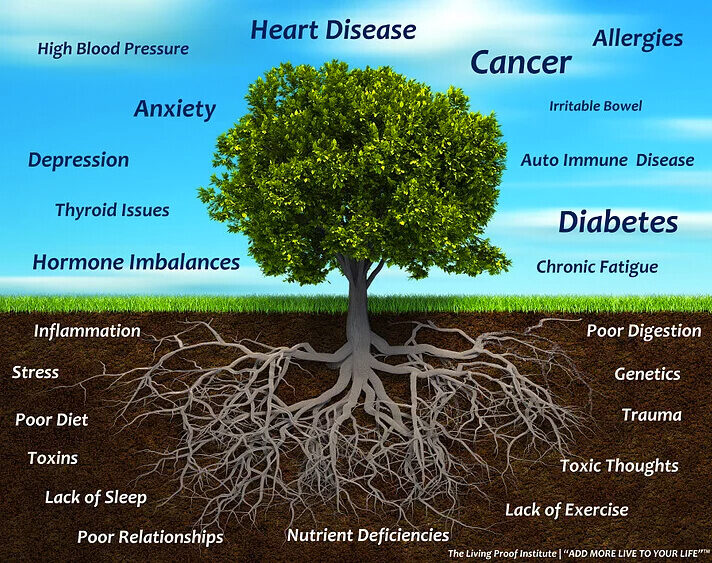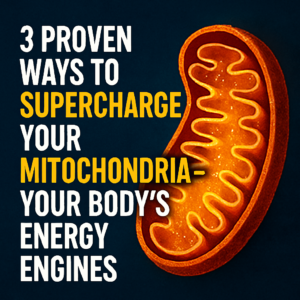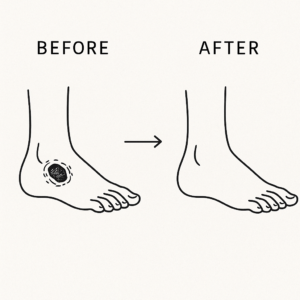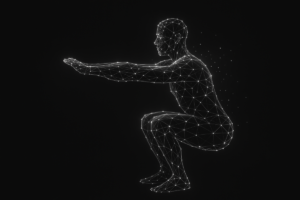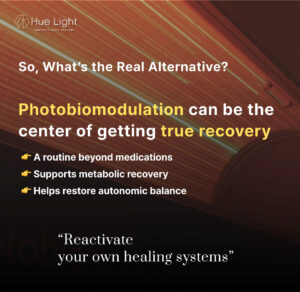Circulation: The Key to Antioxidants, Hormonal Balance, and a Strong Immune System
Blood circulation refers to the process in which blood leaves the heart through arteries, reaches capillaries and cells, and then returns to the heart through veins.
The circulatory system consists of pulmonary circulation, which starts from the right ventricle of the heart, and systemic circulation, which begins from the left ventricle. Blood continuously circulates between these two pathways, completing one full cycle every minute. As previously mentioned, most chronic diseases stem from problems related to blood and lymph circulation, antioxidant balance, and hormonal regulation. When this balance is disrupted, the body’s normal functions weaken, eventually leading to immune-related issues.
A strong resistance to internal and external pathogens is essential for maintaining good health. However, when circulation is impaired, the body becomes more vulnerable to both internal diseases and external infections.
Poor blood circulation can lead to numerous health complications as oxygen and nutrient supply to the heart, blood vessels, and tissue cells is compromised. Some of the major diseases associated with circulatory issues include:

- Heart disease, coronary artery disease (CAD), heart failure, atrial fibrillation
- Cerebrovascular diseases such as stroke and transient ischemic attack (TIA)
- Peripheral artery disease (PAD), deep vein thrombosis (DVT), and pulmonary embolism
- Raynaud’s syndrome, edema, kidney disease, and arteriosclerosis
However, the impact of circulation-related diseases does not end here. Many secondary and tertiary diseases arise as a result, highlighting the critical role circulation plays in overall health.
Understanding the Structure of the Circulatory System
Pulmonary circulation involves the movement of deoxygenated blood from the right ventricle to the lungs, where carbon dioxide is exchanged for oxygen before the blood returns to the left atrium. Systemic circulation, on the other hand, involves the distribution of oxygen, nutrients, and hormones from the left ventricle to cells throughout the body via arteries and capillaries, with waste products transported back to the right atrium through veins.
Despite its complexity, the vascular system is broadly categorized into arteries, veins, arterioles, venules, and capillaries. It is well-known that more than 98% of modern diseases, including aging-related and chronic conditions, are directly or indirectly caused by impaired blood circulation.
By the age of 60, approximately 80% of the population suffers from circulation-related issues. Through this extensive vascular network, an average of 5-6 liters of blood circulates throughout the body, delivering essential nutrients and hormones. Maintaining both healthy blood composition and vascular integrity is crucial for efficient circulation.
Using a road network analogy, arteries and veins can be likened to highways, arterioles and venules to national or regional roads, and capillaries to narrow alleyways. Just as a well-maintained road system ensures smooth transportation, an optimal circulatory system ensures the proper delivery of essential nutrients and the removal of waste.
To promote blood and vascular health, one must engage in regular exercise, maintain a balanced diet, manage stress effectively, and ensure sufficient sleep. However, for individuals suffering from chronic diseases or age-related circulation issues, these measures alone may not suffice. In such cases, a more immediate and effective therapeutic approach, such as BAHI Therapy, may be required.
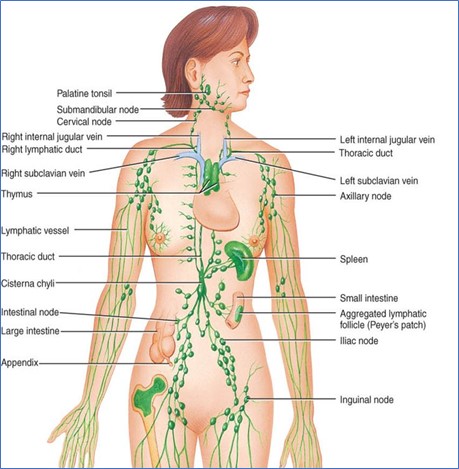
The importance of lymphatic circulation cannot be overlooked either, as it is intricately linked to blood circulation. Poor lymphatic circulation can lead to conditions such as lymphedema, infections, chronic pain, skin disorders, various inflammations, and even cancer. Given its secondary and tertiary disease implications, the significance of a healthy lymphatic system becomes evident.
The Lymphatic System: A Crucial Defense Mechanism
The human body’s defense system heavily relies on the lymphatic system, which comprises lymph fluid, lymphocytes, lymphatic vessels, lymph nodes, tonsils, the spleen, and the thymus gland.
The lymphatic system serves three main functions:
- Maintaining fluid balance – Approximately 30 liters of fluid move from capillaries into tissue spaces daily, with 27 liters returning to the bloodstream and the remaining 3 liters entering the lymphatic system. This fluid, known as lymph, eventually returns to venous circulation.
- Absorbing fats and other substances – Specialized lymphatic vessels, such as the chyle ducts in the small intestine, absorb dietary fats and transport them to the bloodstream. Lymph fluid containing fat appears milky, known as chyle.
- Immune function – The lymphatic system contains white blood cells, including lymphocytes and macrophages, which help eliminate damaged cells, infections, and cancerous cells from the body.
When the lymphatic circulation is compromised, various health conditions arise:
- Lymphedema: Accumulation of fluid due to damaged lymph vessels or nodes, which can lead to swelling, pain, and severe complications.
- Lymphatic cancer (Lymphoma): Uncontrolled growth of lymphocytes, leading to cancers such as Hodgkin’s lymphoma and Non-Hodgkin’s lymphoma.
- Lymphangitis: Inflammation of the lymphatic vessels.
- Lymphangiomas: Benign, fluid-filled cysts caused by excessive lymph vessel growth.
Other conditions associated with poor lymph circulation include intestinal lymphangiectasia, lymphocytosis, Castleman disease, and mesenteric lymphadenitis.
Antioxidants: Protecting Cells from Oxidative Stress
Antioxidation refers to the body’s defense mechanism against oxidative stress, which results from the metabolic production of reactive oxygen species (ROS). While the body has natural antioxidant systems to neutralize ROS, excessive production or impaired antioxidant mechanisms can lead to cellular damage, inflammation, and autoimmune diseases.
Common sources of oxidative stress include environmental pollutants, dietary habits, inflammation, aging, and medication. Lifestyle modifications such as low-carb, high-fat diets, regular exercise, stress management, proper sleep, and avoiding smoking and alcohol can significantly reduce oxidative stress. However, for individuals with chronic conditions, additional therapeutic interventions may be necessary.
Hormonal Balance: The Key to Systemic Stability
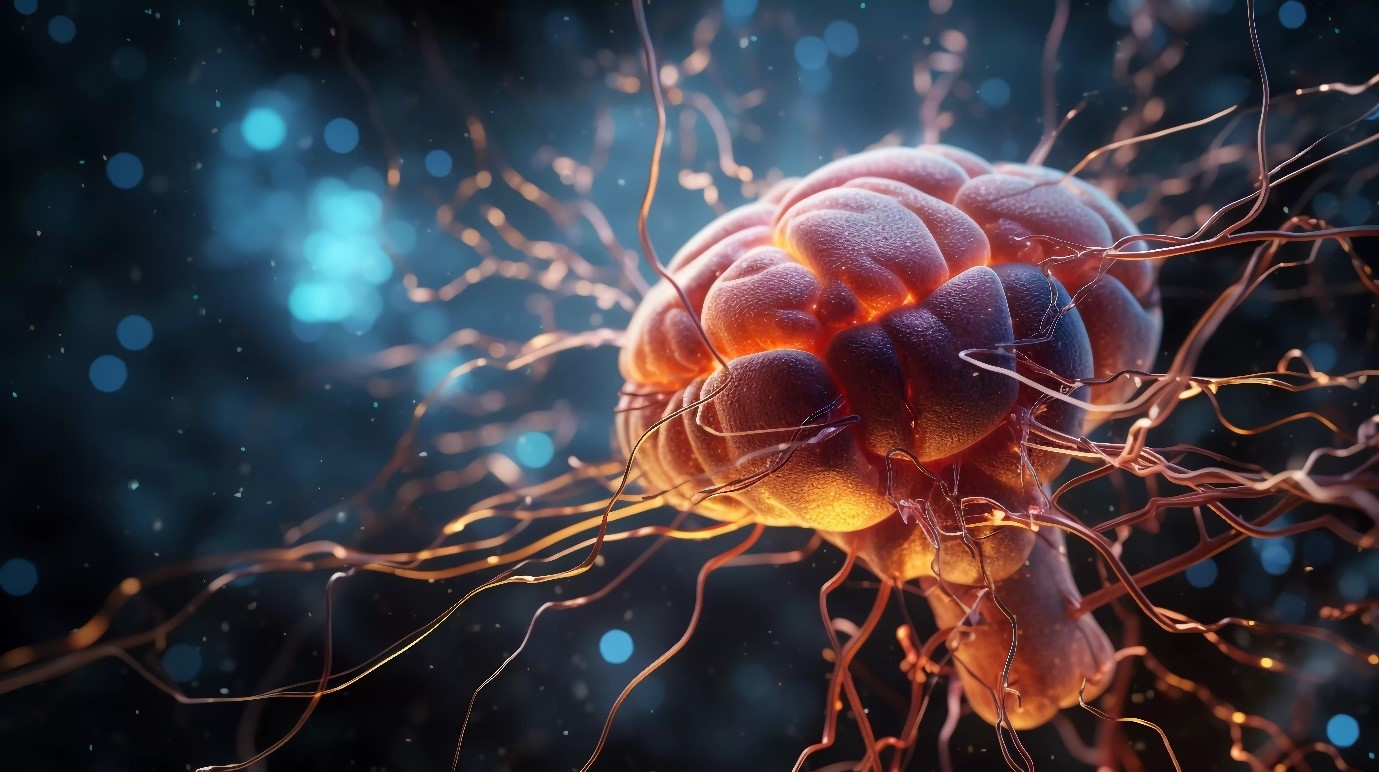
Hormones are biochemical messengers secreted by endocrine glands, regulating various bodily functions. They work in conjunction with the autonomic nervous system, maintaining homeostasis, responding to stress, and supporting metabolism, growth, and reproductive functions.
Key hormones include insulin, glucagon, adrenaline, cortisol, melatonin, and serotonin. An imbalance in these hormones can lead to severe conditions such as diabetes (insulin imbalance) or thyroid dysfunction (thyroid hormone imbalance). Since hormones influence each other in a cascading manner, isolated hormone therapy can disrupt overall hormonal equilibrium, leading to further complications.
The Interconnection of Circulation, Antioxidants, and Hormonal Balance
Most chronic diseases result from a combination of issues related to circulation, antioxidant function, and hormonal balance. Unfortunately, modern medicine lacks precise diagnostic tools to measure and restore balance in these three areas comprehensively.
Since these functions are interdependent, an issue in one area can trigger a chain reaction of systemic failures, exacerbating chronic diseases. Therefore, achieving optimal health requires a holistic approach that addresses all three aspects simultaneously.
To achieve this, I have developed a program called BAHI Therapy, which enhances circulation, optimizes antioxidant function, and restores hormonal balance, allowing the body to harness its natural healing abilities.
In the next post, we will explore how BAHI Therapy represents a groundbreaking approach to healing.
